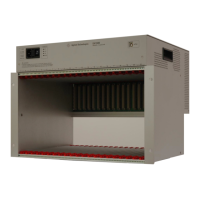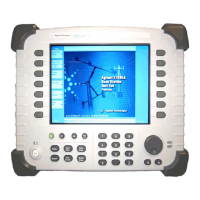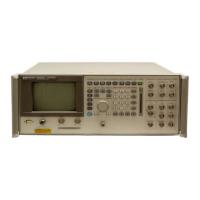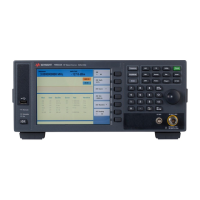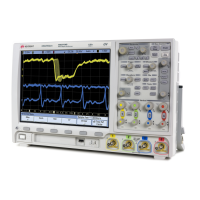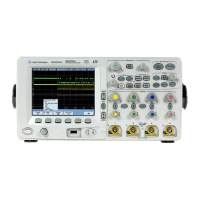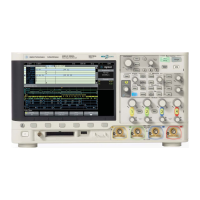8 Chapter1
Understanding EDGE (with GSM)
What Is EDGE (with GSM)?
What Is EDGE (with GSM)?
The Global System for Mobile communication (GSM) digital
communications standard defines a voice and data over-air interface
between a mobile radio and the system infrastructure. This standard
was designed as the basis for a radio communications system. A base
station control center (BSC) is linked to multiple base transceiver
station (BTS) sites which provide the required coverage.
EDGE (Enhanced Data Rates for GSM Evolution) enhances the GSM
standard with a new modulation format (3π/8 8PSK) and filtering
designed to provide higher data rates in the same spectrum. EDGE has
also been adopted as the basis for IS-136HS (NADC).
GSM 900, GSM 450, GSM 480, GSM 850, DCS 1800, and PCS 1900 are
GSM-defined frequency bands. The term GSM 900 is used for any
EDGE (with GSM) system operating in the 900 MHz band, which
includes P-GSM, E-GSM, and R-GSM. Primary (or standard) GSM 900
band (P-GSM) is the original GSM band. Extended GSM 900 band
(E-GSM) includes all the P-GSM band plus an additional 50 channels.
Railway GSM 900 band (R-GSM) includes all the E-GSM band plus
additional channels.
DCS 1800 is an adaptation of GSM 900, created to allow for smaller cell
sizes for higher system capacity. PCS 1900 is intended to be identical to
DCS 1800 except for frequency allocation and power levels. The term
GSM 1800 is sometimes used for DCS 1800, and the term GSM 1900 is
sometimes used for PCS 1900. For specifics on the bands, refer to Table
1-1.
The GSM digital communications standard employs an 8:1 Time
Division Multiple Access (TDMA) allowing eight channels to use one
carrier frequency simultaneously.The 270.833 kbits/second raw bit rate
is modulated on the RF carrier using Gaussian Minimum Shift
Keying (GMSK).
The standard includes multiple traffic channels (TCH), a control
channel (CCH), and a broadcast control channel (BCCH). The GSM
specification defines a channel spacing of 200 kHz.

